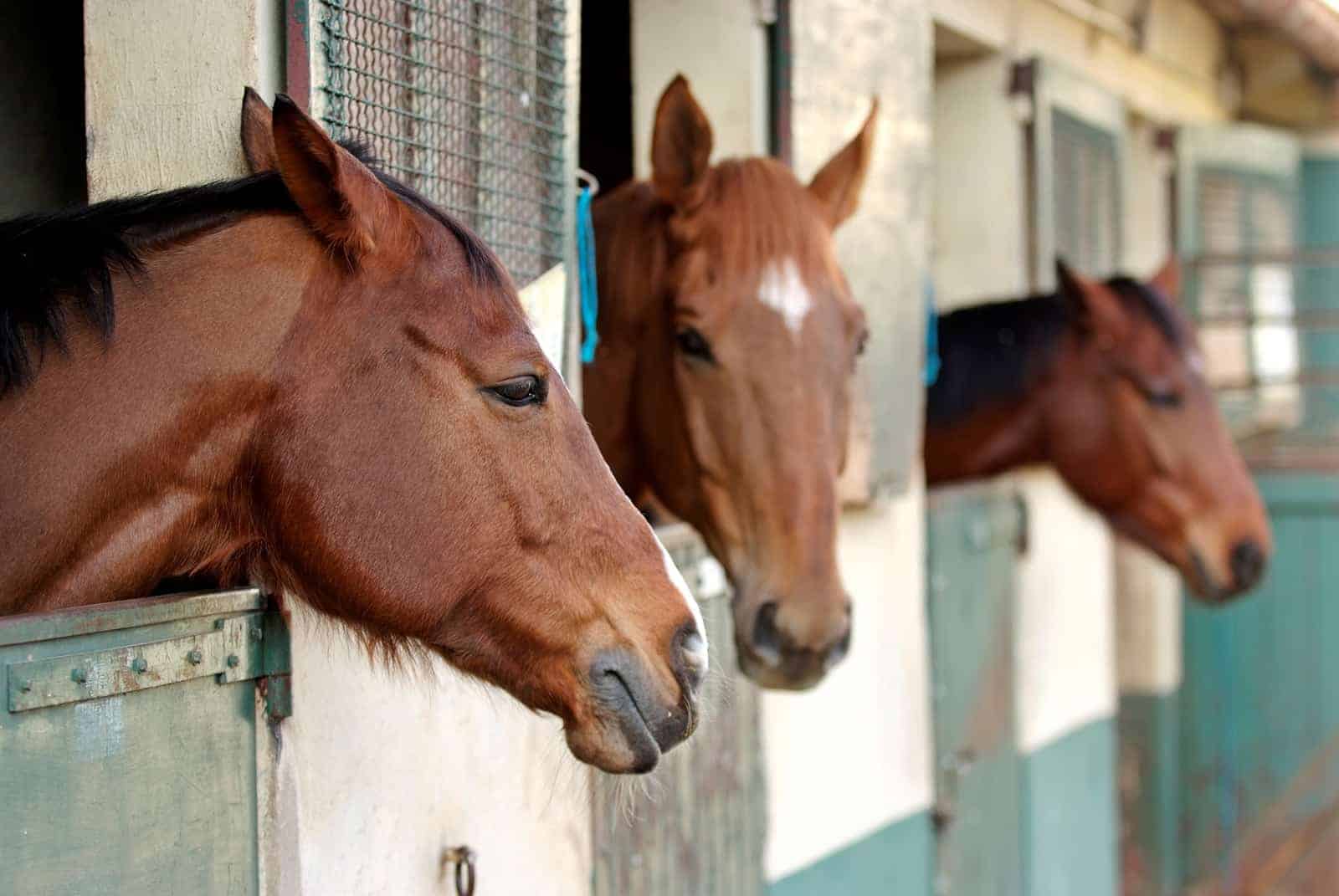Hard to Stomach: Equine Gastric Ulcer Syndrome
- Topics: Anatomy & Physiology, Article, Basic Care, Diagnostics and Technology, Digestive System, Digestive Tract Problems, Diseases and Conditions, Endoscopy, Feeding High-Performance Horses, Horse Care, Medications, Nutrition, Nutrition-Related Problems, Sports Medicine, Sports Nutrition, Transport Stress, Transportation, Ulcers, Vet and Professional

Learn to read the vast and varied signs of equine gastric ulcer syndrome
The gelding that kicks the stall wall and acts aggressively toward his neighbors at feeding time. The show horse that’s increasingly more reluctant to perform under saddle. The angsty mare that’s always swishing her tail and grinding her teeth. Many owners observe these quirks in their horses and chalk them up to behavioral issues. But is it truly bad behavior or is it a sign of discomfort? As you’re about to find out, equine gastric ulcer syndrome (EGUS) might be to blame.
Stomach Anatomy Basics
The horse’s stomach has two regions: a nonglandular (squamous mucosa) portion comprising the upper third, and a glandular lower portion. The squamous nonglandular region doesn’t feature the thick, protective mucus and bicarbonate (a pH buffer) layer that the glandular region does, leaving it vulnerable to ulceration from gastric acid.
Frank Andrews, DVM, MS, Dipl. ACVIM, LAIM, LVMA, equine committee professor and director of the Equine Health Studies Program at Louisiana State University’s School of Veterinary Medicine, in Baton Rouge, likens ulcers in the squamous mucosa in horses to gastroesophageal reflux disease (GERD) in humans, in which gastric acid damages the esophageal lining
Create a free account with TheHorse.com to view this content.
TheHorse.com is home to thousands of free articles about horse health care. In order to access some of our exclusive free content, you must be signed into TheHorse.com.
Start your free account today!
Already have an account?
and continue reading.
Written by:
Natalie DeFee Mendik, MA
Related Articles
Stay on top of the most recent Horse Health news with















